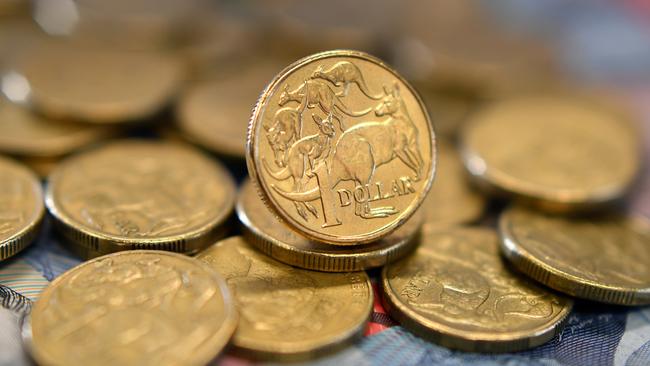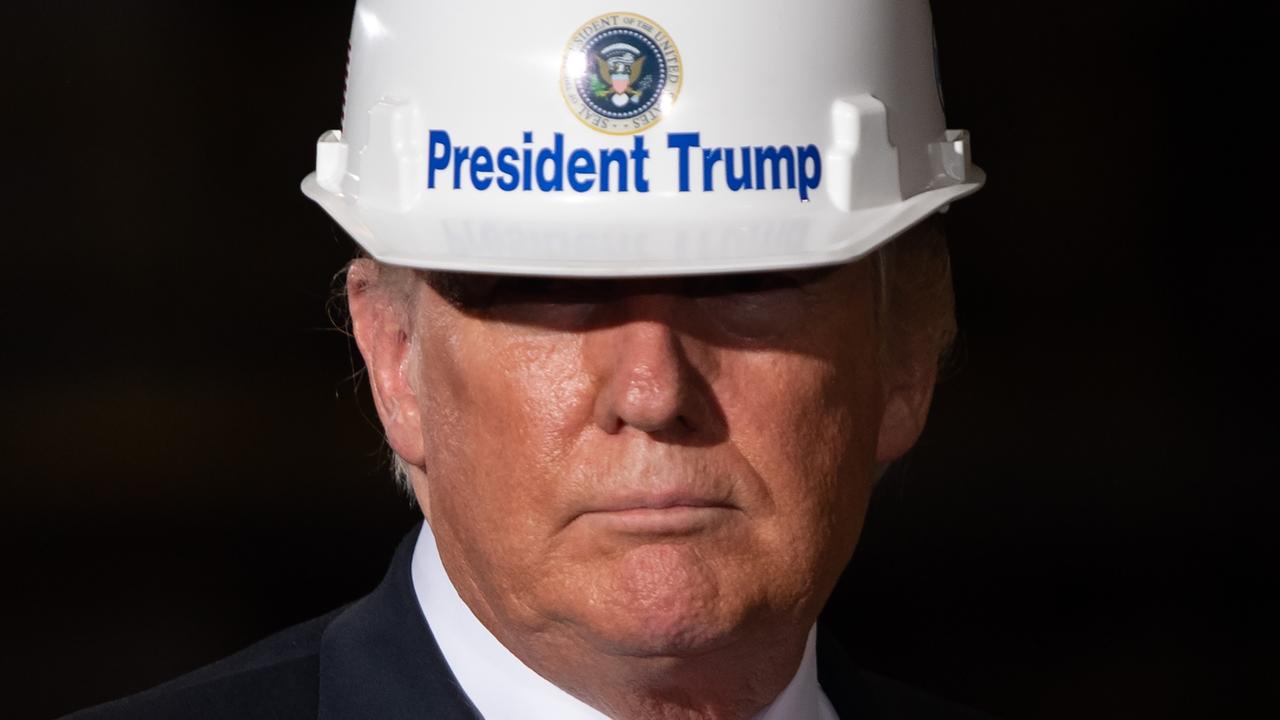Australia facing ‘biggest fiscal hole’ in 75 years
Australia’s budget deficit is set to blow out to more than $200bn in this financial year.

Australia’s budget deficit is set to blow out to more than $200bn in this financial year, making it “easily” the biggest fiscal hole the country has faced since World War II.
The Morrison government has committed $210bn in crisis support measures to help shield households and businesses from the worst of the COVID-19 recession.
Alongside a collapse in revenue, this will push the federal budget more than $100bn into the red in the 2019-20 financial year, and to $230bn in 2020-21, ANZ senior economist Cherelle Murphy said.
Peaking at over 10 per cent of GDP, the budget would record “easily the biggest deficits we have seen since WWII,” Ms Murphy said.
Net debt will rise to $610bn, or 31 per cent of GDP, by the middle of next year, while the amount of government debt on issue will reach $880bn.
The analysis comes ahead of Josh Frydenberg’s economic update next Thursday, which will include updated fiscal projections.
COVID crisis support measures such as the JobKeeper wage subsidy program and the boosted JobSeeker welfare payment are due to expire at the end of September, which would strip about 13 per cent out of the economy.
The Treasurer has already flagged continued support to help households and businesses manage the transition —particularly for those sectors facing ongoing challenges as a result of the pandemic, such as businesses linked to international travel.
With more spending on the way, Ms Murphy said the forecast deficits would “be even greater still”.
While the costs of supporting Australians through the crisis are high, she said it was a price worth paying, given the size of the pandemic shock to the economy.
“A smaller policy response or a sudden end to existing policies would result in higher unemployment and lower growth, and, ultimately, most likely a worse fiscal position.”
The need for further support beyond the September deadline has been amplified by the six-week lockdown in greater Melbourne following the second virus outbreak there this month, which analysts expect will take 1-2 percentage points off national GDP in this quarter and dull an expected recovery, if only temporarily.
Morgan Stanley economists believe the Morrison government will need to spend an extra $40bn to sustain Australia’s economic recovery into the final quarter of this year.
Included in that would be about $15-20bn on extending the JobKeeper program until the end of the year, targeted to specific industries and with additional eligibility tests, the analysts said. They say a $100 permanent weekly increase to JobSeeker would cost another $6bn this financial year.







